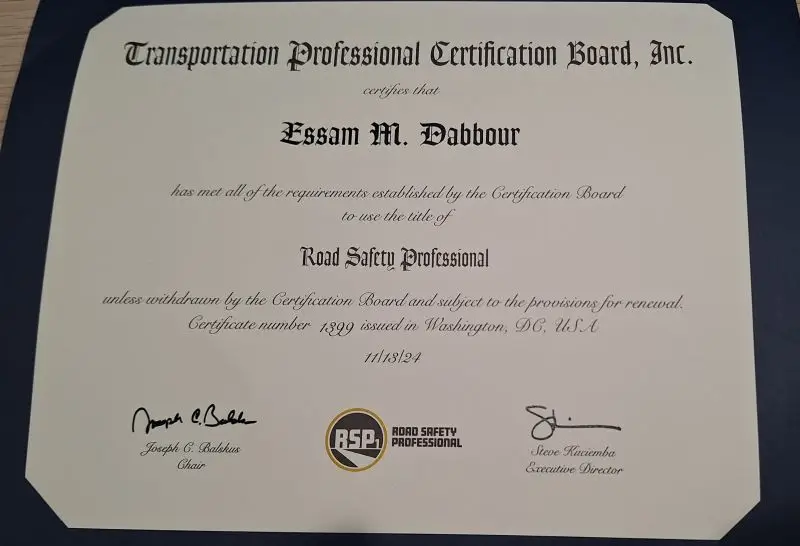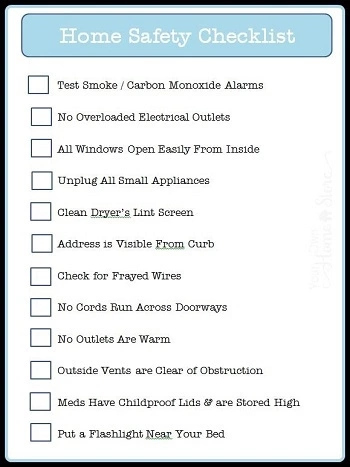Offensive Driving Techniques: A Complete Guide for Safer, Smarter, and More Confident Drivers
In the world of road safety, the term offensive driving techniques is gaining serious attention among American drivers, fleet managers, and road safety professionals. While defensive driving focuses on anticipating and reacting to other drivers’ actions, offensive driving is about taking strategic control of your vehicle and environment to reduce risks, increase flow, and navigate … Read more









